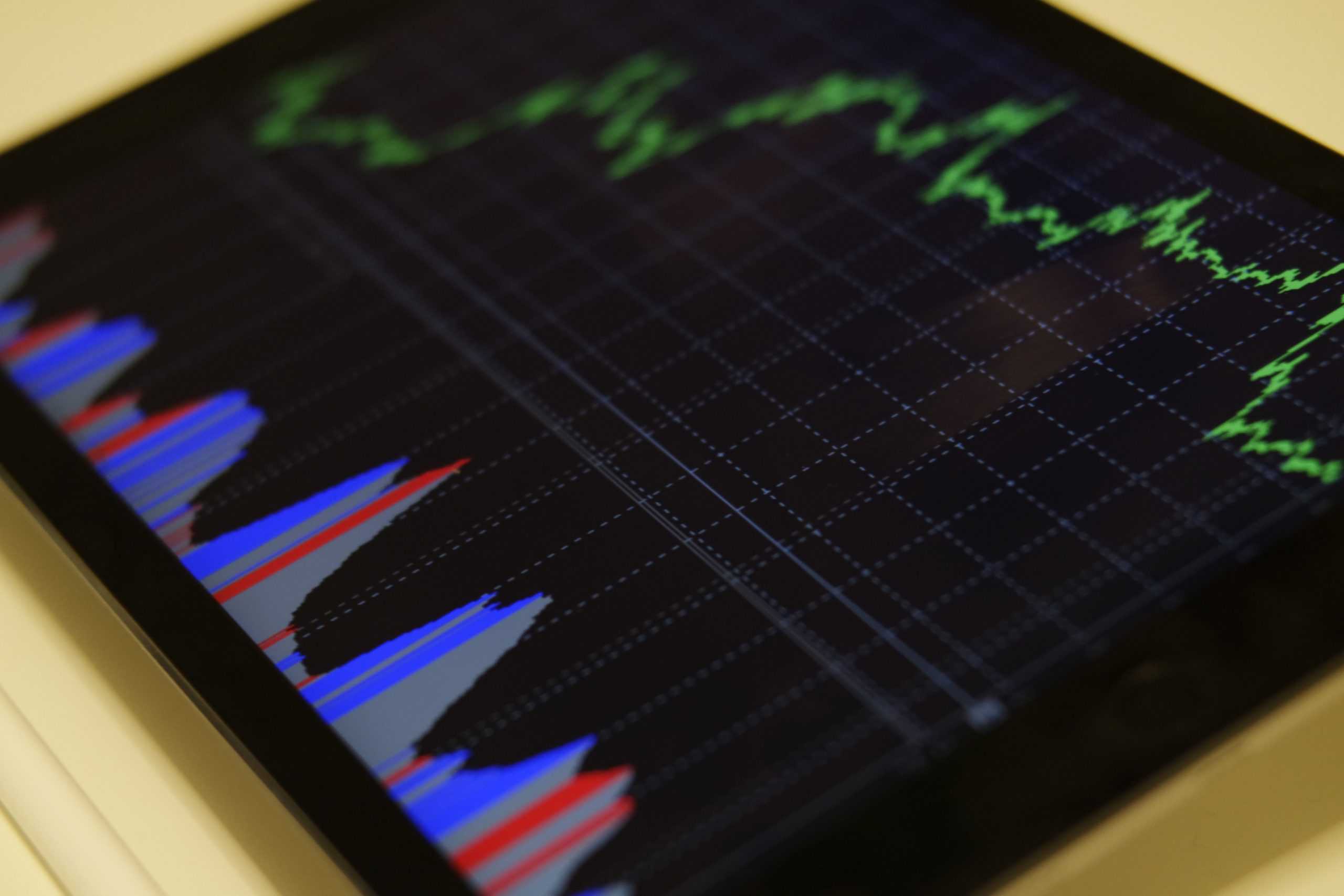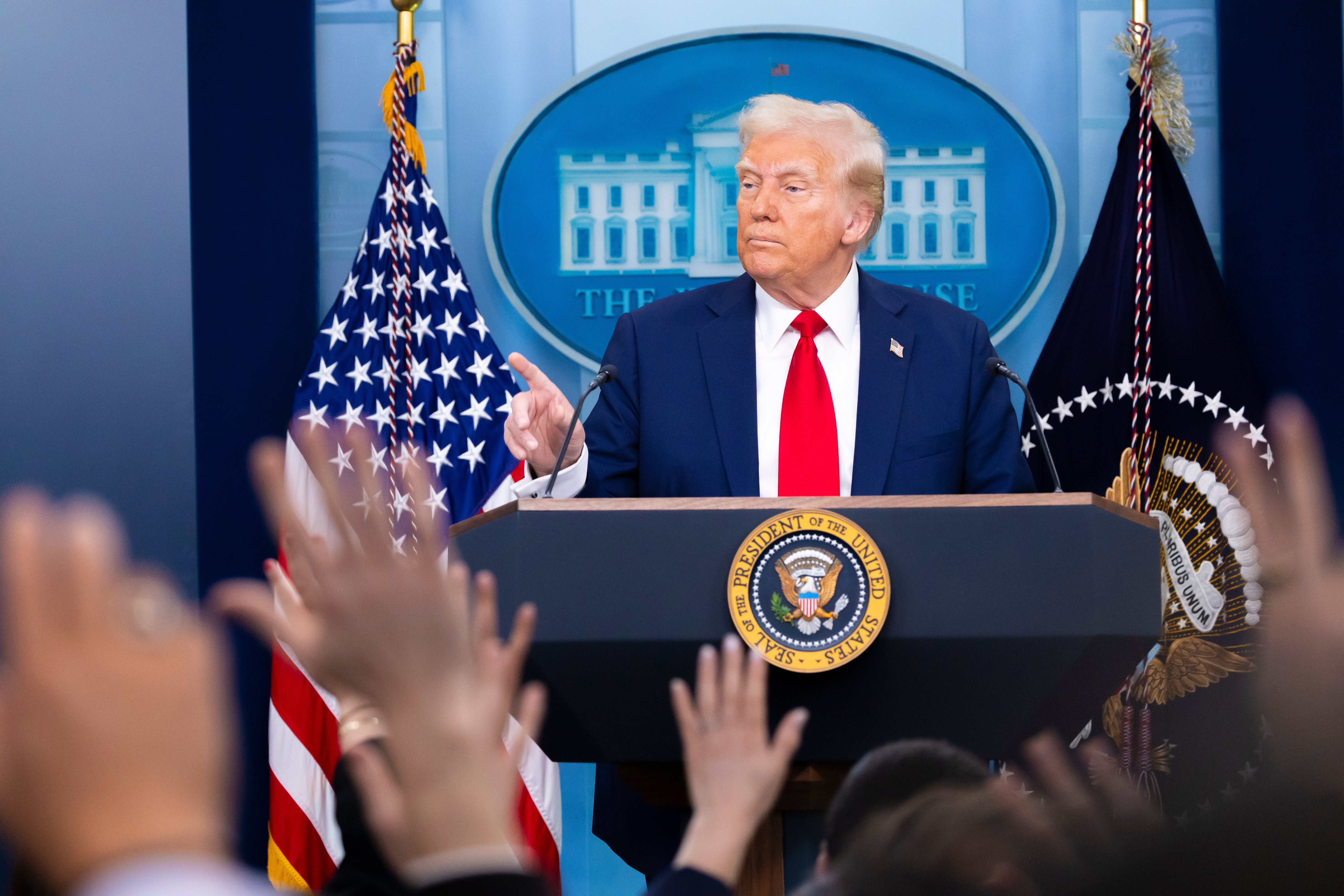Once the Democratic Presidential Primary effectively ended on April 8th when Senator Bernie Sanders dropped out, presidential advertising cooled off until September 1. However, from September 1 to November 3, the airwaves were jam packed with ads. In the final two months of the 2020 election cycle, the presidential election alone saw a total of $993M spent on just broadcast advertising. That means of the $1.8 billion spent on the general election, 55% of that went to one media type in two months. The other 45% went radio, satellite, cable, and digital during the entire general election campaign. There was also a small amount of broadcast spending before September 1. For a retroactive analysis of broadcast media trends by market, keep reading.
Broadcast Spending Overview
Only five states saw more than $100M in broadcast spending: Florida ($236M), Pennsylvania ($181M), North Carolina ($107M), Arizona ($101M), and Michigan ($100M). Each battleground state is important, but not all are created equal. For instance, Texas was talked about at length but only $12M was spent on broadcast in the state. Georgia, a state that was decided by .2 points, only saw $36M.
At the market level, Phoenix saw the most spending by far with $80M. This should come as no surprise to anyone who watched cable news during election week. Maricopa County was perhaps the most talked about county in the country, basically deciding the outcome of Arizona, a state that hadn’t voted for a Democrat for President since 1996.
It is also not surprising that three of the top five presidential markets this election cycle were in Florida, given the amount of spending in the Sunshine State. The top markets were Orlando ($63M), Miami ($59M), and Tampa ($58M). In all three markets, as in most of the country, Democrats outspent Republicans.

These insights offer a closer look at data contained in our Political Cycle in Review Report, but we’ll flex our data arm and dive into something very specific. With the election outcome decided, spending patterns in the weeks leading up to the election are clear. Assessing candidate spending is interesting because it allows us to see how the campaigns prioritized spending.
Broadcast Media Trends: Biden
The story of Biden’s campaign from polls to spending to the candidate himself is consistency. From Sep. 22 – Nov. 3, the Biden campaign spent around 10% of their weekly broadcast expenditures in Phoenix. During that same time, the campaign spent about 7% of their weekly broadcast expenditures in Philadelphia. That pattern repeats each week during that period. The only real changes happened in the final week of the campaign. Leading up to November 3, Biden spent slightly less in Orlando and Tampa and slightly more in Miami, Charlotte, Atlanta, and Detroit. This tells us two things:
- The Biden campaign was laser focused on what they thought was their path to 270. Even when they shifted money around in the final week, it a difference of just a few percentage points in just a few markets.
- The Biden campaign might have felt the need to reinforce their message in Miami, and likely also saw opportunity in Atlanta (These assumptions are based on electoral outcomes).
President Trump
On the other hand, the Trump campaign’s strategy was more geographically focused than Biden’s. Trump spent in about 70 individual markets while Biden’s spent in about 90. In fairness, Biden outspent Trump and so had more resources to spend in more places. However, the candidates did also differ in campaign strategy and message appeal.
For example: from Sep. 15 to Oct. 26 Trump spent about 10% of his broadcast money in Phoenix. But then in the final week of the campaign he spent 2.2% in Phoenix; a reduction in real dollars of about $1M from the week before. We saw similar trends in Tampa, Orlando, Miami, Raleigh, and Tucson. Detroit, however, saw an opposite trend. From Sep. 8 – Oct. 26 Detroit saw anywhere from 2.6% – 7.4% of Trump broadcast spending, but averaged around 5%. Then in the final week of the campaign 15% of Trump’s broadcast spending went to Detroit. The same is true of other big upper midwestern markets. This data suggests two conclusions:
- Trump moved money around to account for his smaller budget. Markets that seemed safe, like Phoenix and Tampa, received fewer dollars closer to the election.
- The Trump campaign wanted to bolster its presence in the Upper Midwest in the final week of the campaign and sent a surge of money to those states to try to shore things up.
To summarize, candidates move money to where they think it’s needed in the final week of the campaign. This is not an earth-shattering revelation, but important to quantify, nonetheless. How drastic the change in cash is depends on the campaign. In cash-rich campaigns like Biden's, the money flow remains fairly consistent. In campaigns with less cash, like Trump's, money moves a little more often to hit important markets. For future elections, looking to broadcast media trends in the final weeks of the campaign can shed some light on where the candidate's are most focused.









